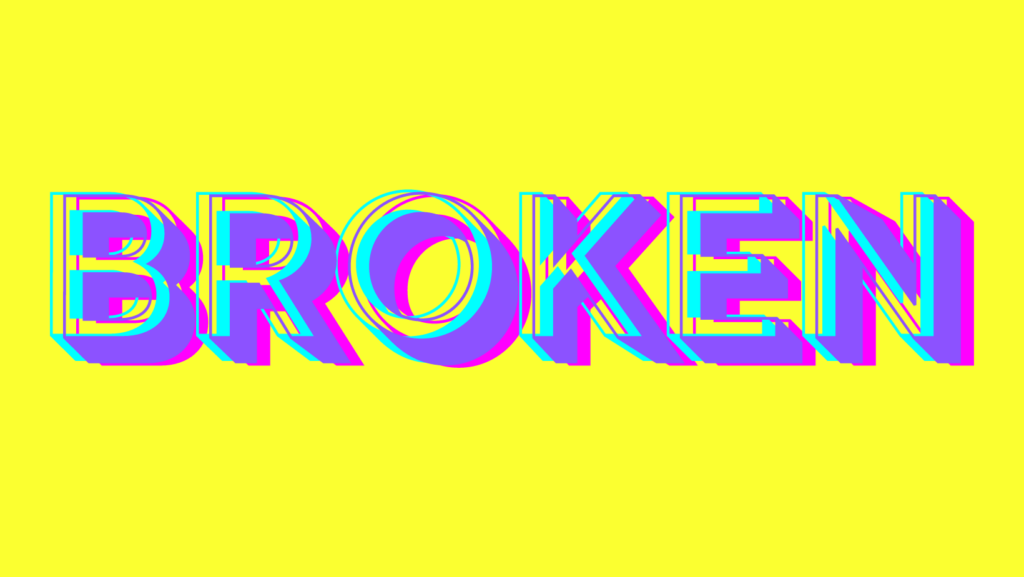We’ve now reached the last day of our mini-series of rules for the new era of content discovery. A refresher on the rules so far:
1 – Focus on audience, not platforms
2 – Focus on value propositions, not your brand
3 – Find your niches
4 – Build content formats that become habits
And now we have rule 5, which was the hardest to summarise, as it’s about one of the hardest things to do of all – committing to the long-term:
Rule 5 – Build your own archive
Audiences will often find your long-running formats not when you launch, but months or even years later, and if they like what you’re doing, the first thing they do is go back and dig around in your archive. So plan for a long game. This will mean managing expectations for your stakeholders – you won’t get instant success, but the long term goal is to create a format that is so valuable to your target audience that you become an essential part of their media diet.
This is the real competitive ‘moat’ for your brand – if you are a sector superstar, building the podcast, event, newsletter or publication that everyone in your sector subscribes and looks up to, it will be harder for your competitors to get their attention. There are only ever a small handful of media brands that are essential for a particular sector or audience. As the new era of content discovery shifts from third-part distribution to owning your own audience, we think there’s a window in the next few years to become one of those brands.
More importantly, archives are brand building – they hugely increase the surface area of your content strategies, and make it more likely that new audiences will discover you through multiple channels, including word of mouth and search. Despite a lot of B2B campaigns focusing on sales activation, brand building is just as important as it is with B2C marketing, for the same reasons – buyers need to be aware of your brand before they can even start to consider buying from you. The ‘availability heuristic’ described by Byron Sharp in his seminal book How Brands Grow is one of the key factors in decisions to buy. Building deep, evergreen archives of valuable content for your target audiences will mean they think about you more often, and they will be already disposed to think of you when it comes to purchasing decisions.
A good tool
This is a great way of projecting to the future of a long-running format, so you can create a vision of future success to share with your stakeholders. But it’s also a great way of thinking about how time and growth will change the format – we adapted this idea from a design thinking workshop that asked product designers to think about the 10th, 100th and 1000th times their audience uses their object.
Long-term thinking like this helps ensure that the value of the archive is a fundamental part of your content strategy, not just short term metrics. If you want help developing a strategy to build your own archive, we’d love to talk.
.
A good example
In the last 3 years, we’ve unpacked well over 100 formats, from TV shows and podcasts to games and even jokes. We’ve learnt there are formats everywhere if you look for them, and have had dozens of subscribers share their own favourite formats. Now we have an archive of over 100, we can start going through them to spot patterns in different types of formats, and discover what they have in common. These are the kind of valuable insights we wouldn’t have if we hadn’t created an archive.
.
Go deeper
The great thing about archives is that other people can build things on top of them. Matt Webb used ChatGPT to create a fantastic tool for exploring the archives of Melvin Bragg’s BBC radio show In Our Time.
One of the most important things to think about when building your own archive is the infrastructure you need to make it last. We ran a publication for the Gates Foundation for 5 years called How We Get To Next, initially publishing it on Medium. But as that platform continually shifted its strategy and product design, the publication was starting to break up. So we exported it all and reinstalled it on our own WordPress site, so we could easily maintain and keep it live for years to come. There are some great articles in there if you’re interested in futurism.
One of the formats we created for that publication was reading lists of our research sources for each issue. These were initially a last minute decision in the early days of the publication, when we had lots of material around that we didn’t want to waste. Over time, they became a mini-archive of useful starting points to explore lots of different subjects, from Afrofuturism to Pandemics, and we discovered from surveys they were amongst the most valued formats for our audience.
